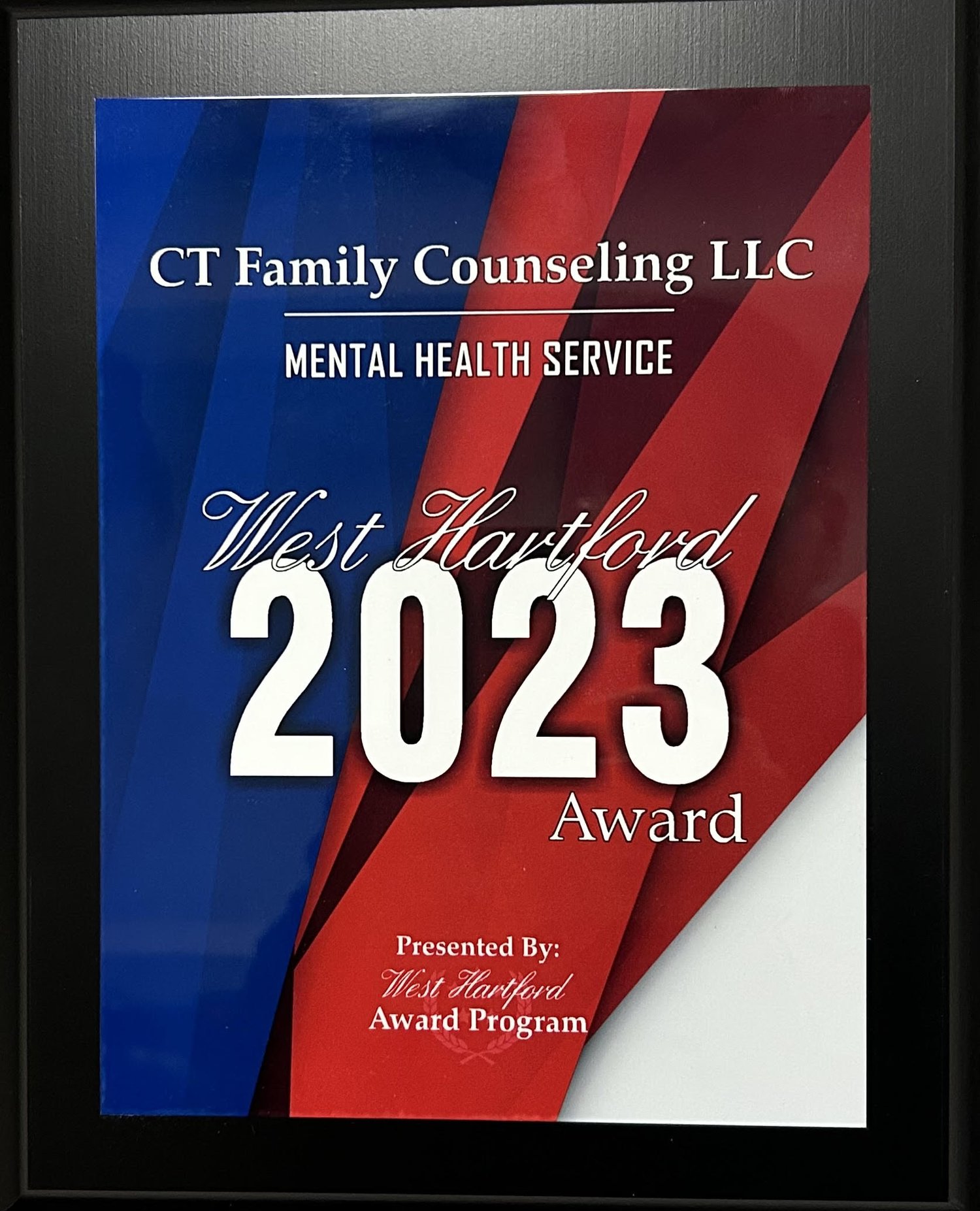Can Couples Counseling Be Done Alone?
Of course the title sounds ridiculous but hear me out. During the past 23 years working with various couples, I’ve often wondered whether a coupleship might do better if only one partner showed up to therapy. It’s not ideal, nor conventional, but perhaps there are circumstances where this may make more sense.
Suppose highly motivated Jane comes to therapy eager to share, take ownership and can recognize the relationship’s patterns and what she believes needs to improve. Her husband, Bill, however, views therapy as a waste of time and money and doesn’t want to risk being exposed. Although Jane is able to convince him to attend one session, his hypervigilance and guardedness are clearly noticeable to the therapist. This is not surprising to experienced therapists who expect some level of hesitation from one or both parties when starting couples therapy. But still, it presents a potential barrier to designing co-constructed couples’ goals.
Bill may be friendly enough and even pretend to be engaged, but deep down Jane can tell he’s simply going through the motions and imagining the clock racing toward the end of the hour. Bill may become invested at some point, but when is anybody’s guess.
Couples therapy can feel somewhat intimidating to men. This is likely in part because from the onset the objectives are not always clear. In addition, being asked to be vulnerable and share raw emotions is not typically within men’s comfort zone.
Because Jane is already invested in therapy, she is likely to be open to more creative ways of simulating a couples counseling dynamic in their home. Of course this would be done in the absence of a therapist but with the therapist’s guidance. Couples therapy doesn’t have to be formal, long or in a clinician’s office. It just needs to be intentional, consistent and have a means of gauging progress.
According to Bryon Remo, M.Ed., LMFT, “Couples need to understand that what they do at home matters far more than any insight they may gain in a therapist’s office. Change requires a natural context in which new behaviors have an opportunity to show up.” So in this light it is not only possible but perhaps preferential to have one partner attend individual therapy with the focus on designing in-home couple conversations and experiences. This would allow the therapist to support the motivated spouse and guide the therapy conversation toward practical applications within their home.
